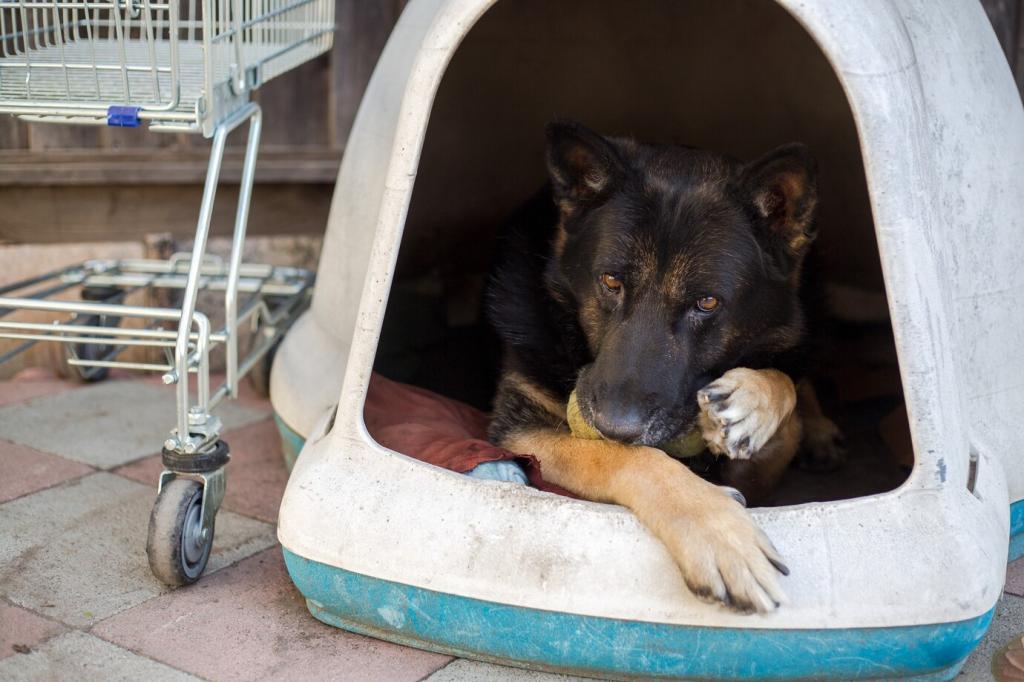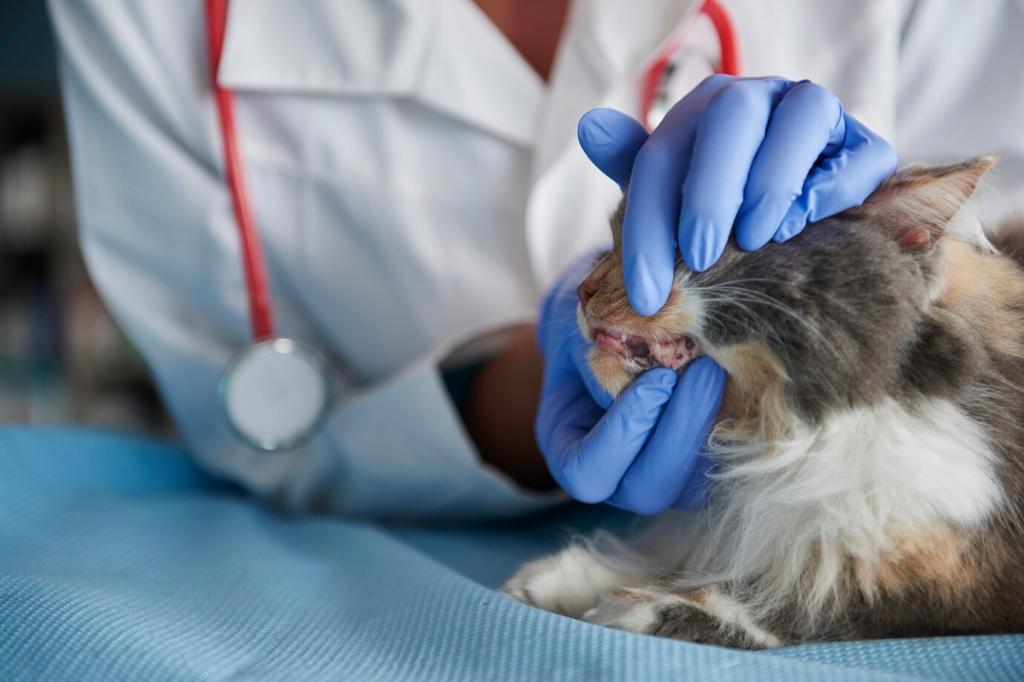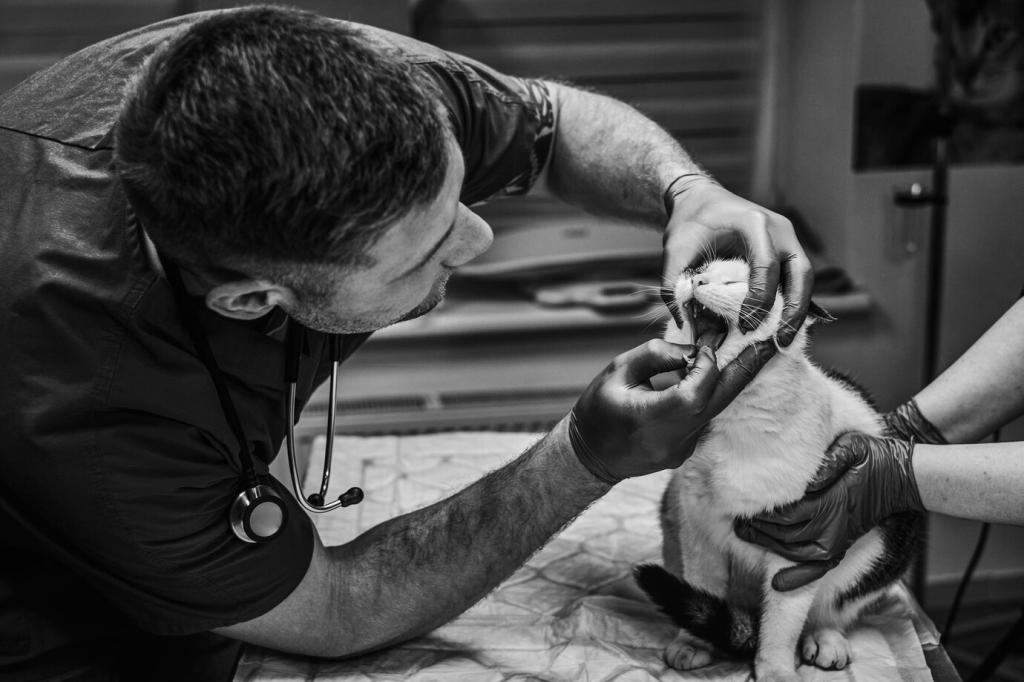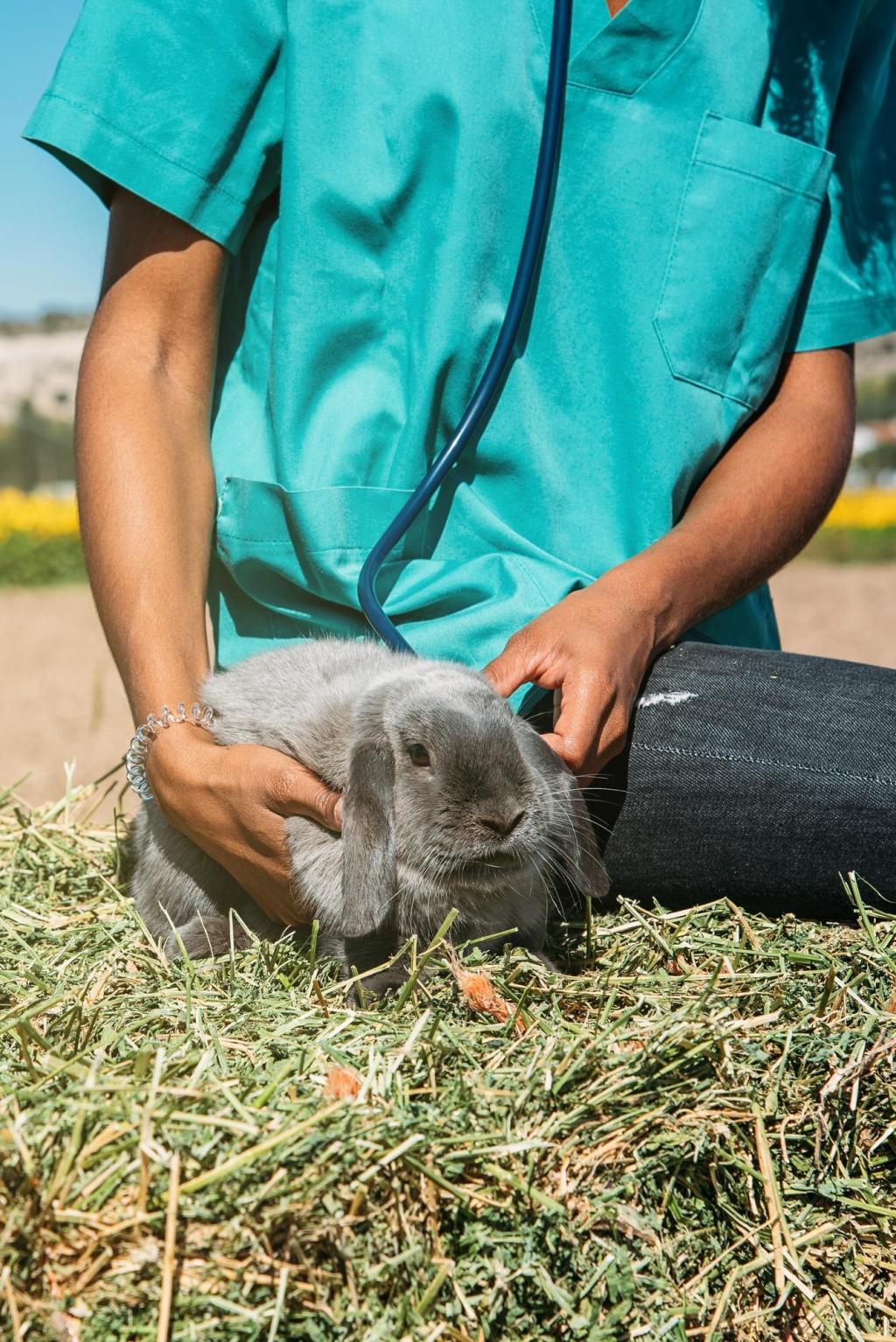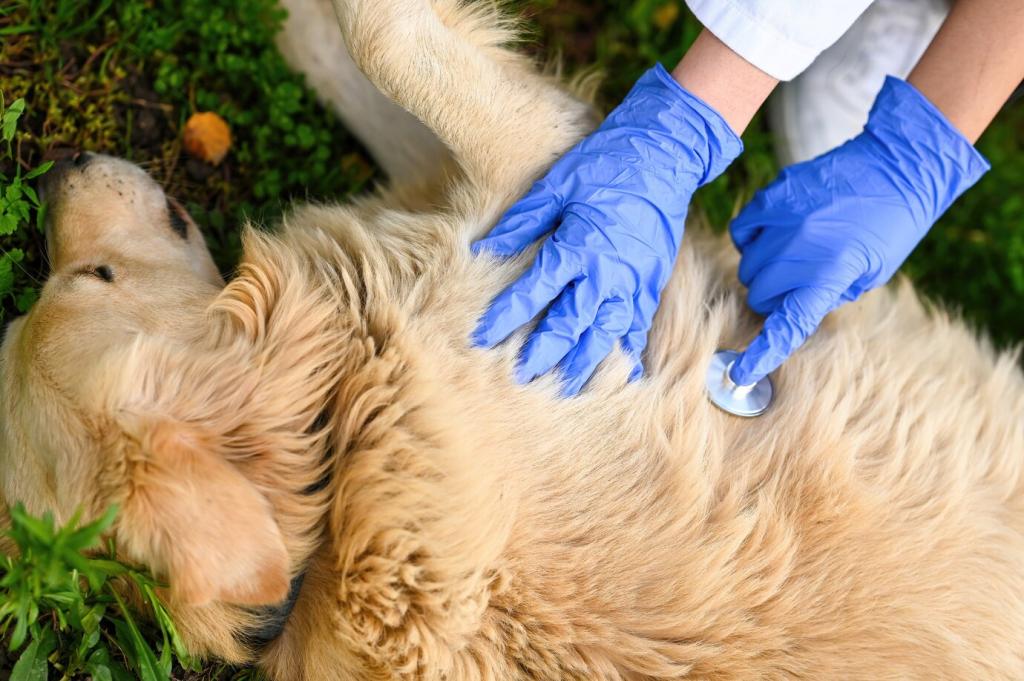Building a Long-Term Allergy Plan
Record daily notes: weather, pollen counts, new foods, cleaners, outings, and symptoms. Over weeks, patterns emerge that guesswork often misses. Use a simple checklist or app. Share your discoveries in the comments to help other readers refine their tracking habits too.
Building a Long-Term Allergy Plan
Under veterinary guidance, try a limited-ingredient or hydrolyzed plan and reintroduce foods methodically. Patience is essential, since reactions can take time. Avoid treats that break the protocol. Celebrate small wins, like calmer ears or fewer hot spots, to stay motivated together.

